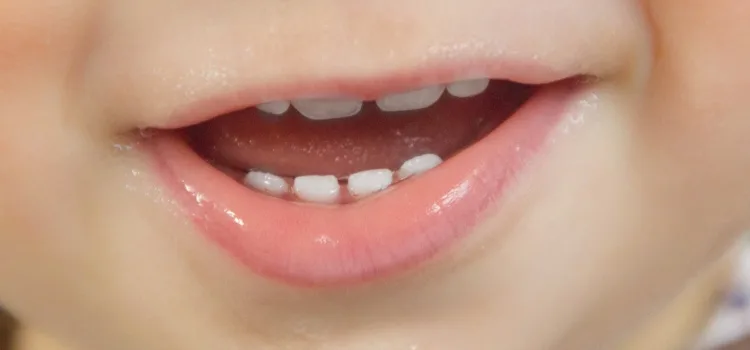
Deciduous Teeth: Eruption Timeline, Care Tips, and Their Role in Development

This blog has been reviewed and approved by Dr Robert Lee, a dental professional of 35 years
Table of Contents
Key Takeaways
- Baby or primary teeth are also known as deciduous teeth
- There are typically 20 deciduous teeth.
- The first baby tooth usually erupts from the gums around 6 months of age.
- All 20 deciduous teeth should be fully erupted by the age of 31 months.